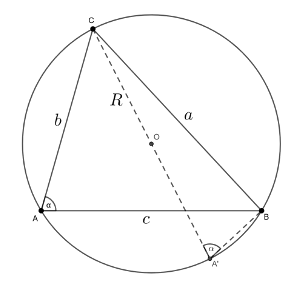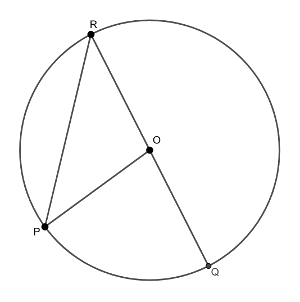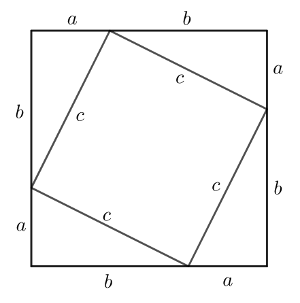Proof of the product formula for \(\dfrac{\pi}{2\sqrt{3}}\)
Hello everyone. Today we will prove the product formula for \(\dfrac{\pi}{2\sqrt{3}}\). We will use the method of direct proof as a proof method. Theorem 1: \[\frac{\pi}{2\sqrt{3}}=\displaystyle\sum_{n=1}^{\infty}\frac{\chi(n)}{n}\]\[\text{where} \quad \chi(n)=\begin{cases} 1, & \text{if } n \equiv 1 \pmod{6}\\-1, & \text{if } n \equiv -1 \pmod{6}\\0, & \text{otherwise}\end{cases}\] Theorem 2: We have\[\frac{\pi}{2\sqrt{3}}=\frac{5 \cdot 7 \cdot 11 \cdot 13 \cdot 17 \cdot 19 \cdot 23 \cdot 29 \cdots}{6 \cdot 6 \cdot 12 \cdot 12 \cdot 18 \cdot 18 \cdot 24 \cdot 30 \cdots}\]expression whose numerators are the sequence of the odd prime numbers greater than \(3\) and whose denominators are even–even numbers one unit more or less than the corresponding numerators. Proof: By Theorem 1 we know that \[\frac{\pi}{2\sqrt{3}}=1-\frac{1}{5}+\frac{1}{7}-\frac{1}{11}+\frac{1}{13}-\frac{1}{17}+\frac{1}{19}-\cdots\] we will have \[\frac{1}{5} \cdot \frac{\pi}{2\sqrt{3}}=\frac{1}{5



